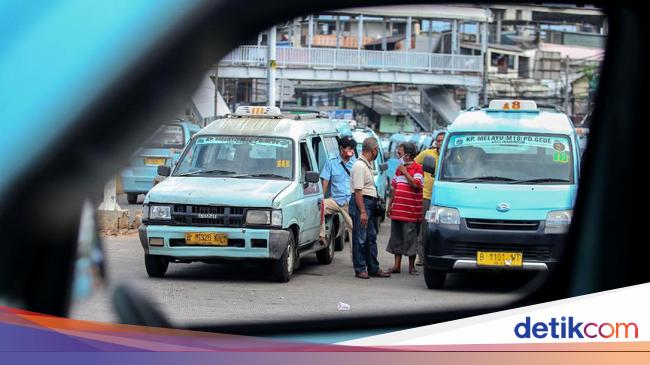Jakarta –
Komnas Perempuan disagree with the plan DKI Jakarta Provincial Government which will separate the male and female seats in public transportation. The head of Komnas Perempuan Andy Yentriyani also gave a number of reasons for the refusal.
Andy initially explained the composition of sitting in an angkot. He alludes to the term ‘4-6’.
“In angkot there are usually 4-6 screams, 4 on the left, 6 on the right right behind the driver. On some routes, you have to wait until the angkot is full before the angkot will move,” Andy told reporters, Tuesday (12/7/2022).
ADVERTISEMENT
SCROLL TO RESUME CONTENT
–
Andy said the capacity of public transportation is usually 12 passengers. Often the new angkot departs when the capacity has been filled with many passengers.
“(There are) 12 passengers because 2 are beside the driver, 4 and 6 are behind. The principle is, who goes first until he can enter and hopes that the seats will be filled soon so he can leave,” he explained.
Andy then highlighted the female seat on the left side public transportation which means only a capacity of 4 people. He considered that the restriction made the fifth female passenger have to wait for the next angkot.
“Imagine that female colleagues can only sit 4 people, so the 5th person has to wait for the next one, as well as the men, if they become the 7th person then they have to wait for the next one, even though the row opposite has an empty space,” he said.
According to Andy, this seating arrangement will make it difficult for both male and female angkot users. This arrangement is also considered to be detrimental to service providers.
“This regulatory model is not implemented because it will make it difficult for passengers, regardless of gender, and become a loss for service providers,” he said.
“Imagine, for example, position 4 is full while position 6 is still empty, then public transportation “We will wait for passengers who must match their gender to be able to fill the empty seats,” he said.
In addition, Andy assessed that this seating arrangement also has the potential to strengthen the culture of blaming victims, what is the reason?
“In fact, there are prospective passengers who are ready to leave but can’t take an angkot because their gender is not suitable for the vacant seat position. In addition, this kind of arrangement has the potential to strengthen the culture of blaming victims,” he said.
“For example, he insists on taking an angkot because it is too late, if there is sexual harassment then he is considered responsible. Because it has been arranged that he should not sit in that row,” he said.
More on the following page.
See also Video: Homecoming from Depok Takes Angkot to Lampung: Cheap-Can Transport A Lot
–


